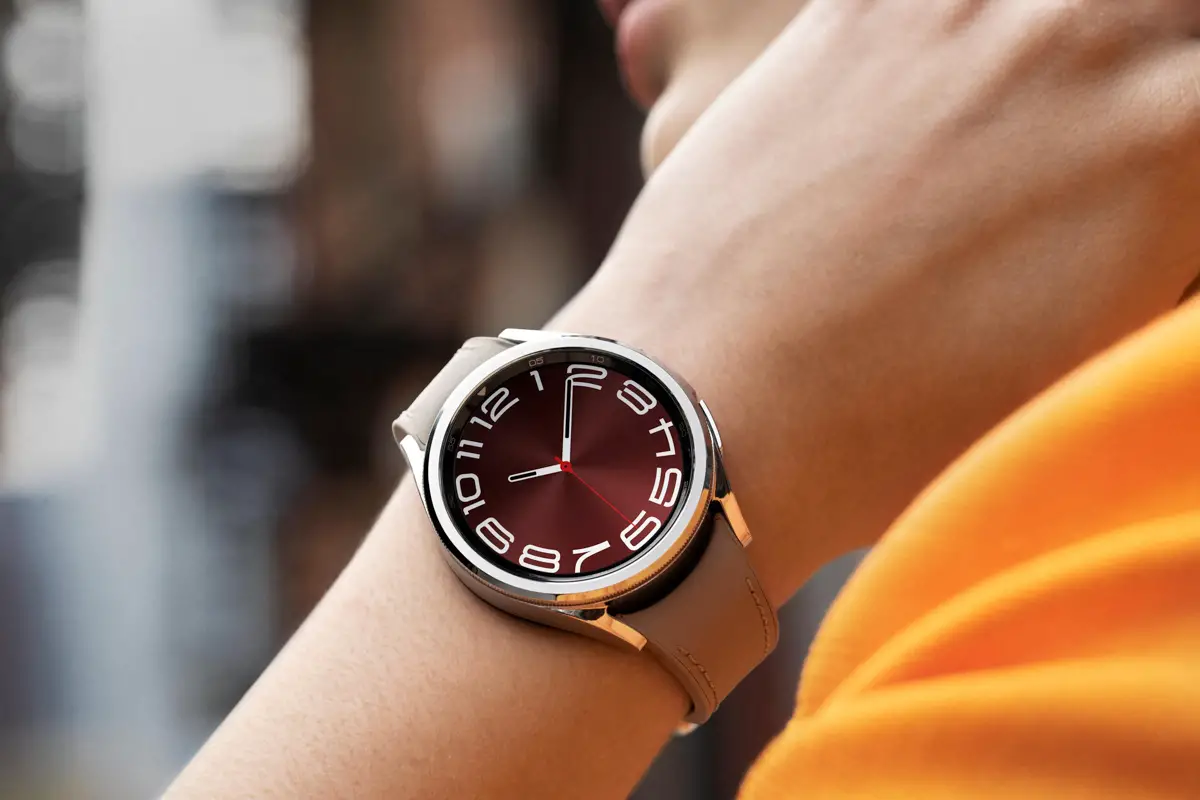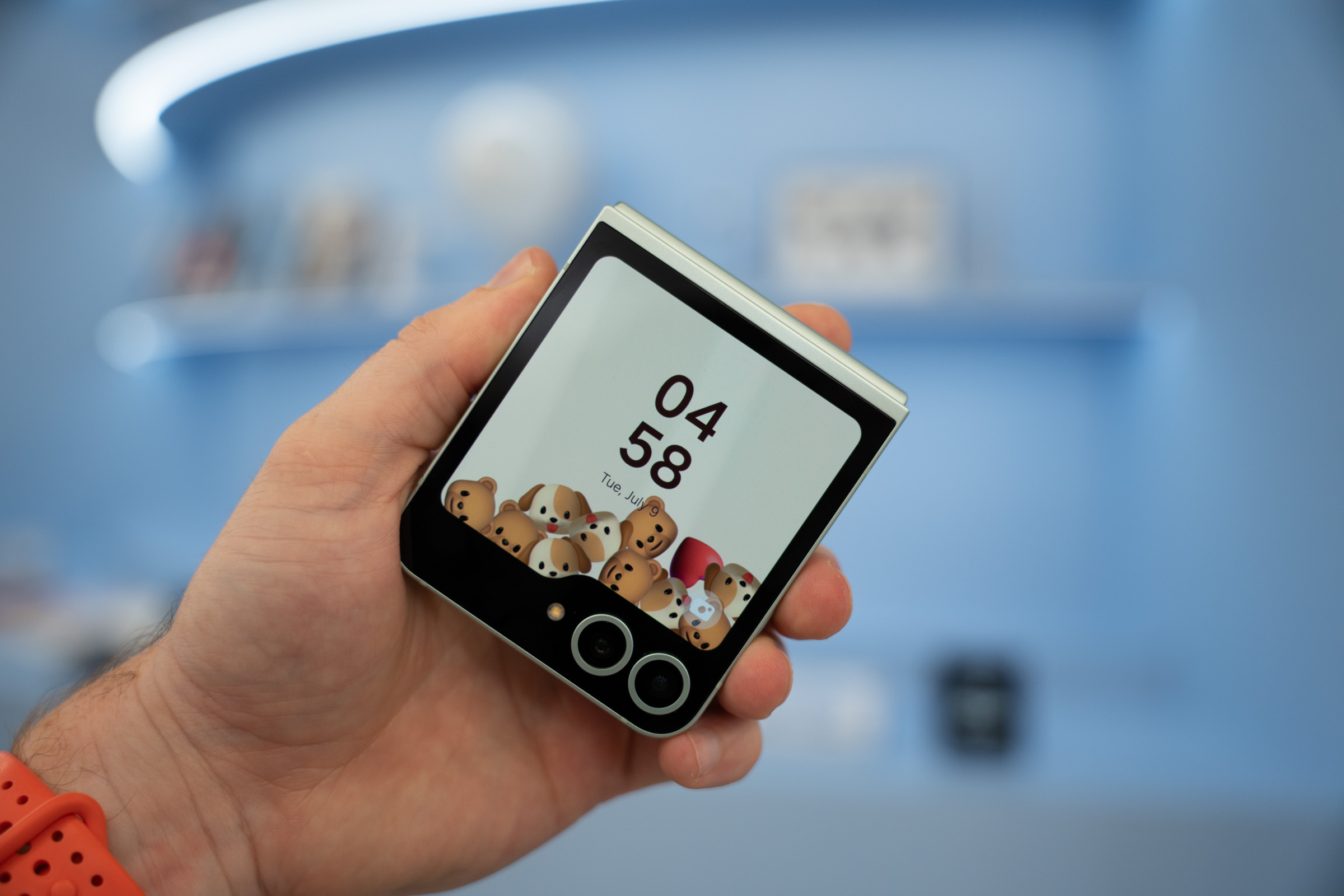Apple's Foldable iPhone: A Long-Awaited Innovation Set to Reshape the Smartphone Market

For many years, rumors regarding a foldable iPhone have circulated within tech circles, sparking excitement and speculation among Apple enthusiasts. Recent reports, however, indicate that Apple is making significant strides toward introducing its highly anticipated foldable devices. According to industry insiders, Apple is reportedly developing two major foldable products: a foldable iPhone featuring an approximately 8-inch inner display and a large 20-inch foldable iPad. Initial expectations suggest that the foldable iPhone will be the first to hit the market.
Screen Details
Apple's forthcoming foldable iPhone is expected to boast a book-style design, similar to the popular Galaxy Z Fold 6 and the Pixel 9 Pro Fold. When unfolded, the device will reveal a spacious tablet-sized display, complemented by a phone-sized display on the exterior, making it both functional and compact for daily use. According to renowned analyst Ming-Chi Kuo, the inner display will measure approximately 7.8 inches, while the outer display will be around 5.5 inches. Notably, this innovative design is said to feature a crease-free screen, a significant advancement in foldable technology.
Another notable aspect is the foldable iPhone's aspect ratio. Reports suggest that it will offer a near 4:3 aspect ratio, which is reminiscent of previous generations of the iPad mini. This design choice could make it appealing for users who appreciate the usability of tablet-sized screens in a smartphone format.
Additional Hardware Details
In terms of hardware, Kuo emphasizes that while the iPhone Fold will include premium features, there will be certain compromises. One of the most significant changes is the absence of Face ID, which cannot be integrated into the device's thin profile. When unfolded, the iPhone Fold will measure about 4.5mm in thickness, and when folded, it will reach approximately 9mm. For comparison, the 13-inch iPad Pro has a thickness of 5.1mm, positioning the foldable iPhone as Apples slimmest device to date.
To enhance user security, Touch ID is reportedly making a comeback as a side button alternative. The decision to forego Face ID is likely attributed to limitations in thickness and internal space. Despite these adjustments, the foldable iPhone is expected to be built with high-quality materials, featuring a hinge made of a combination of stainless steel and titanium alloy, along with a full titanium alloy casing to ensure durability and premium aesthetics.
The Foldable Market Landscape
Apple's entry into the foldable smartphone market comes at a time when growth in this sector is beginning to wane. According to the Display Supply Chain Consultants (DSCC), the foldable market enjoyed an impressive average annual growth rate of 40% from 2019 to 2023. However, projections indicate that this growth will slow dramatically to around 5% in 2024, with sales expected to decline by 4% in 2025. The DSCC reports that demand for foldable smartphone panels has plateaued at approximately 22 million units.
Despite these challenges, analysts believe that Apples foray into foldable devices could reignite interest in this segment. Many consumers express enthusiasm for foldable phones but are reluctant to switch from their iPhones. Apple's reputation for innovation and quality could potentially enhance the appeal of foldable technology and stimulate demand.
Pricing Expectations
As for the pricing of the iPhone Fold, expectations suggest that it will fall into the premium range. Reports indicate that the device may be priced between $2100 and $2300, which is notably higher than its Android competitors, such as the Galaxy Z Fold 6 and Pixel 9 Pro Fold. This pricing strategy reflects Apple's commitment to delivering a high-end product that offers advanced features and capabilities.
Looking ahead, multiple sources indicate that Apples first foldable iPhone is expected to make its debut in the second half of 2026, likely coinciding with the rollout of the iPhone 18 lineup. This timeline assumes that there are no further developmental delays. Interestingly, by mid-2024, Apple has assigned a new codename, V68, to this project, suggesting that it has progressed beyond the prototyping phase, and consumers may soon have the opportunity to experience this cutting-edge device in their hands.
In conclusion, the foldable iPhone represents a pivotal moment for Apple as it ventures into a new product category that could redefine user experiences and reshape the future of mobile technology.

























